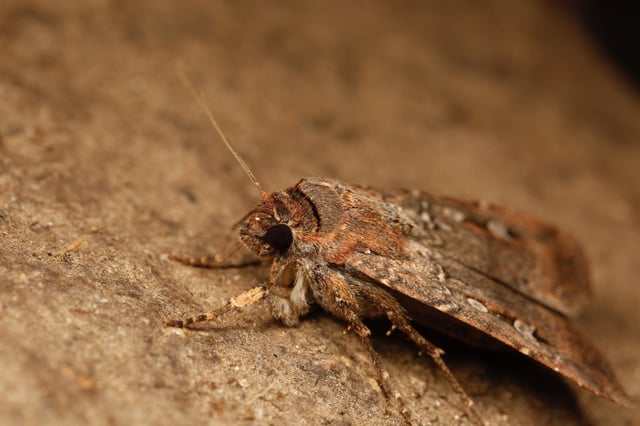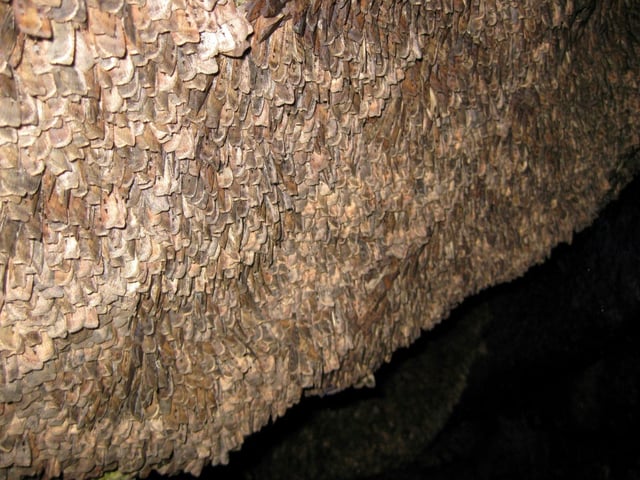Overview
- Flight simulator trials under realistic star fields confirmed that Bogong moths can orient solely by celestial patterns when magnetic cues are disabled.
- When researchers obscured stars, the moths switched to using Earth’s magnetic field, demonstrating a robust dual compass system.
- Neural recordings revealed specialized brain cells tuned to sky orientation that fire most strongly when moths face seasonally correct headings.
- Moths likely use the bright band of the Milky Way and possibly the Carina Nebula as visual landmarks to guide their journey.
- Steep population declines have led to the species being listed as vulnerable, with findings informing conservation efforts around light pollution and habitat protection.



